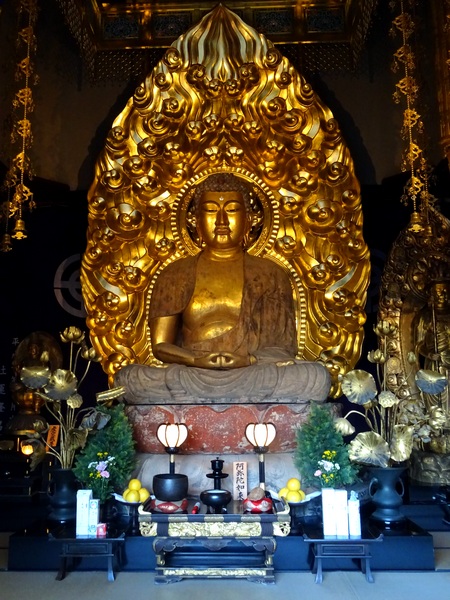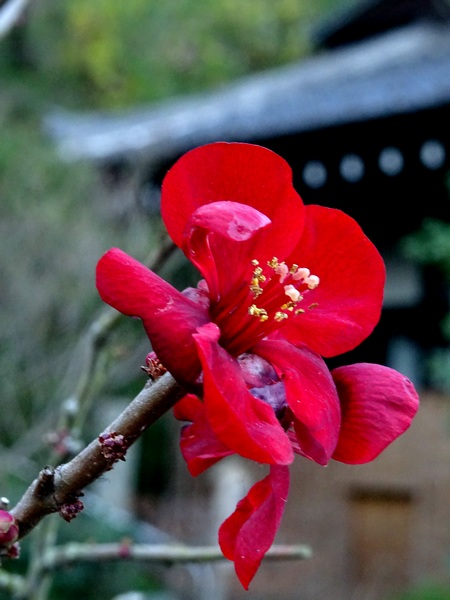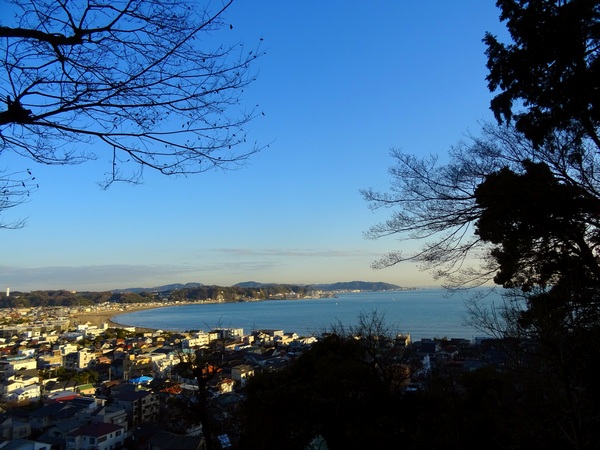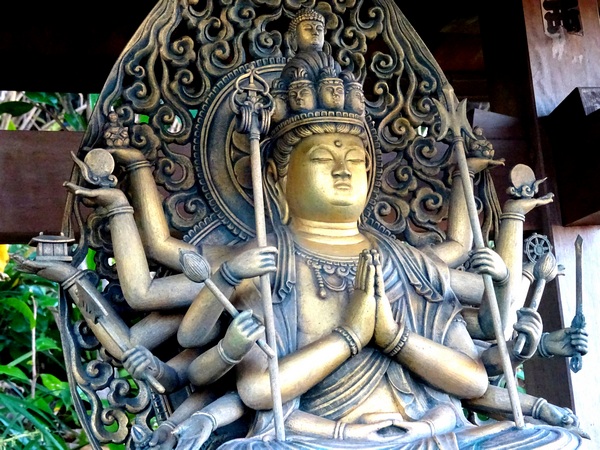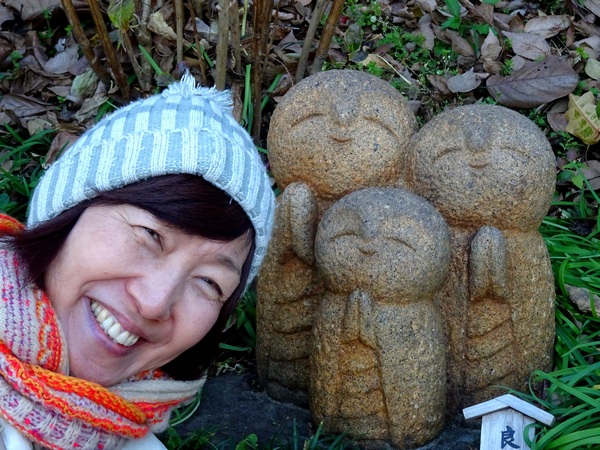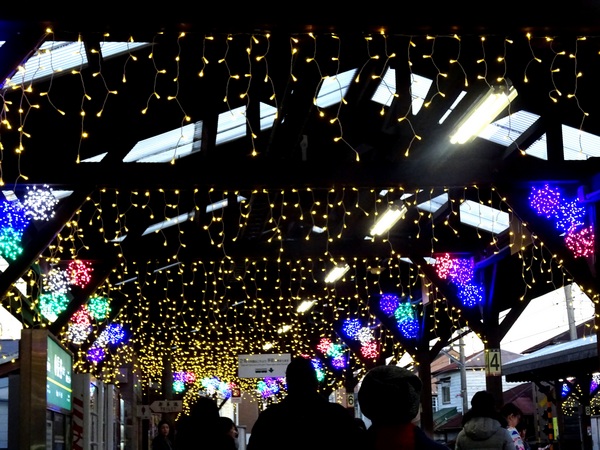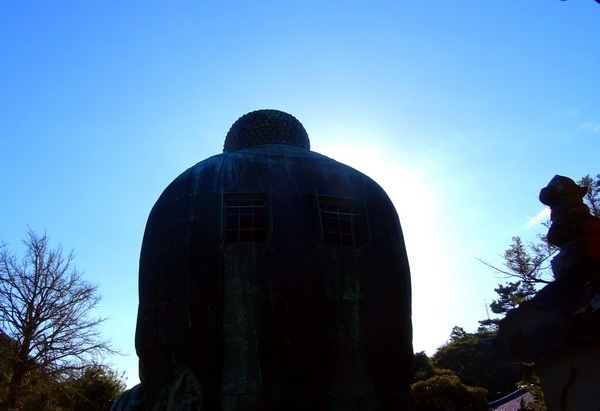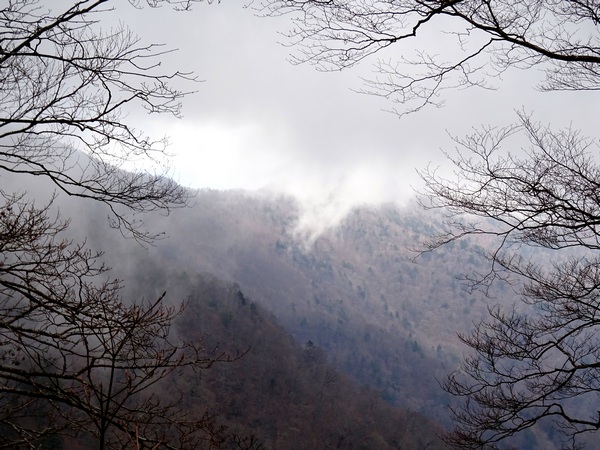
It has been a cool spring, but first, down in the city, the plum blossoms came and went, and then the cherry blossoms came and went, and the weather forecast said it was going to be a sunny, sunny day, so we Hearty Hiker’s headed up to Umegashima and the Abe Pass . . . believing that we’d see the spring being repeated—or at least beginning to be repeated—up in the mountains.
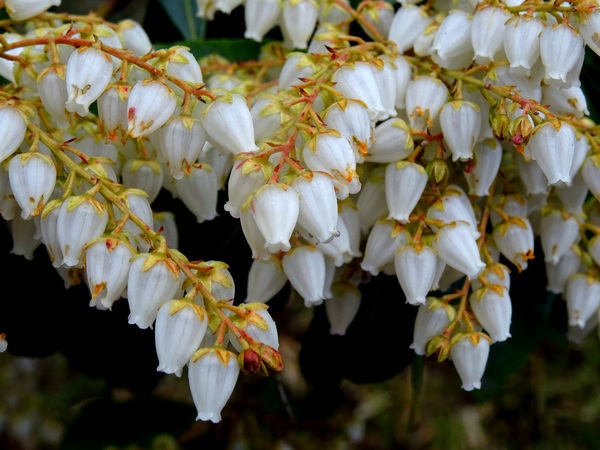
Once we’d climbed (in the car) up to the trailhead, though, we looked about and saw a lot of bare branches, no new leaves popping out, only the tiniest signs of spring (the flowers above), and above us only a grey, grey sky. So much for the weather forecast.
Then, as we walked, the morning side of noon, the temperature dropped. I’m not sure why.
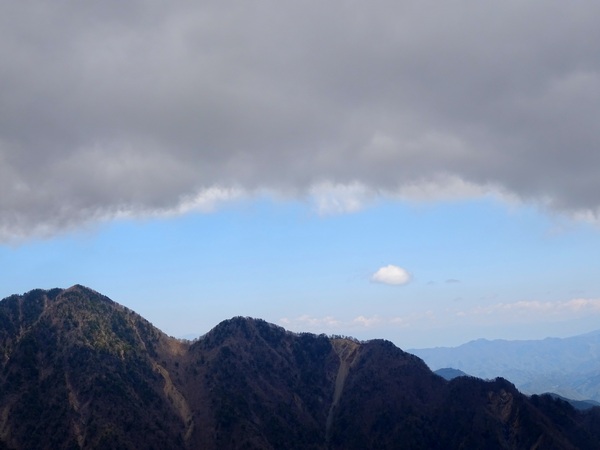
It wasn’t that cold (I say), and from time to time, we saw a strip of blue sky or two, but maybe because of expectations, my fellow Hearty Hikers started shivering in their boots. (Later I’ll have them tested, to see if they’ve got any reptile blood in them.)
Anyway, when most of your team feels a little cold, there’s only one thing to do: dip inside a museum. Fortunately, when you’re up in the mountains, you can almost always find a good museum open. And what I like about the mountain museums is they are fairly comprehensive. They don’t split up art, science, natural history, and religion into different buildings. You can study all those things all at once.

The first artifact/relic/artwork/cosmic sign we saw was entitled “Mountainside Seashell.” For those of you who understand evolution in its standard form (all life rising from the oceans), or those who understand it in it’s more cosmic form, you will realize the value of this piece.
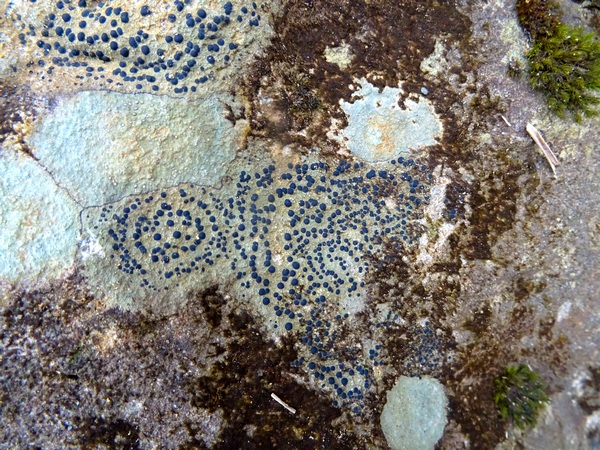
This one was my favorite this day: It was called “Energetic Creature Born of a Cosmic Bubble Swimming and Flying the Ocean and the Sky in All DIrections All at Once and Dreaming of the Glucose Produced in Green Cells Absorbing Light–the Light which was the Beginning of All.”
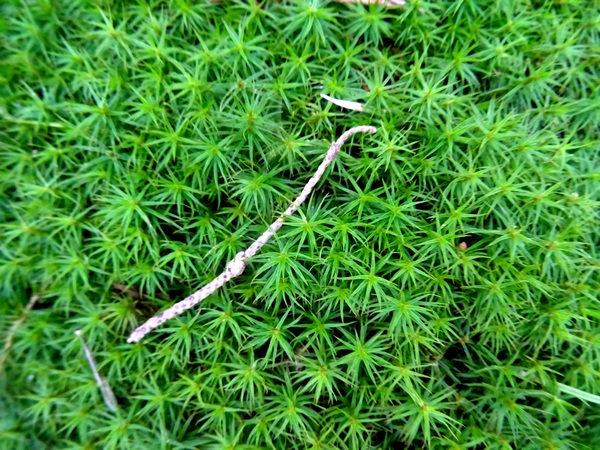
This piece is extraordinary, too, I think. “Stick and Moss,” it’s called. Some, I know, have said it’s childish and too simple to warrant much attention, but we can never be encouraged enough to appreciate green, and I would dare anyone who scoffs to pick up your paint brush and see if you get all that moss configured just as it is. I bet some of your canvasses may end up looking a lot like a plate of green peas after a young boy who’s determined not to eat a one has mussed them up a bit with his fork, squashed a few, in a futile attempt to convince his mother that he has tried a reasonable amount.
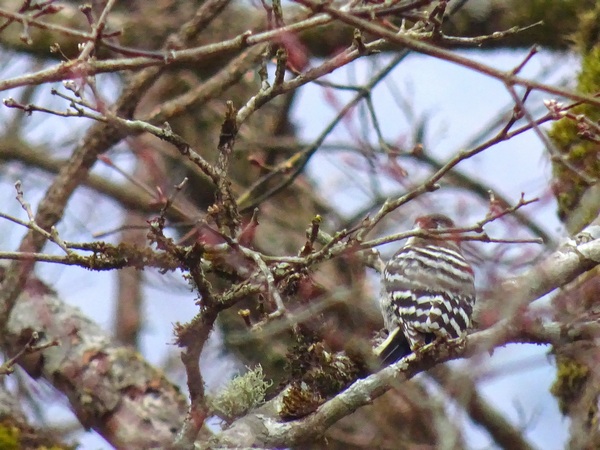
This one was called “Blurry Woodpecker In Blurry Red and Grey.” You may wonder if there really is a bird that looks so, or if it’s just a sort of “conceptual” rendition of some twisted idea that only live’s in the artist’s brain—and I’m not sure the answer, but I do like the pattern on the bird’s back, the touch of red on the top of his head, and how everything seems to blend.
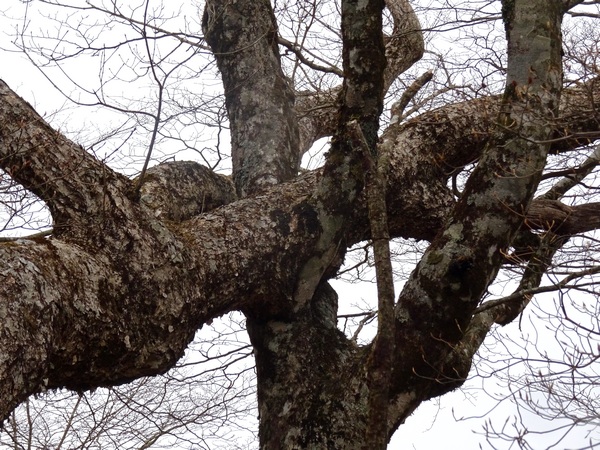
There are also performance pieces. These two trees, as you can see, have grown together. That is true dedication to their vision, their craft, their art, their beliefs, their whatever, I’d say. It is a bit hard to say for sure how this insistence on non-duality is trying to influence us, but it did remind me of the way tree roots often share glucose with friends who are having a hard time getting the resources to make their own. It made me think a little bit about what all might be going on beneath the soil the soles of my feet were pressing so ever slightly into. It is important to feel what’s going on in your soles.
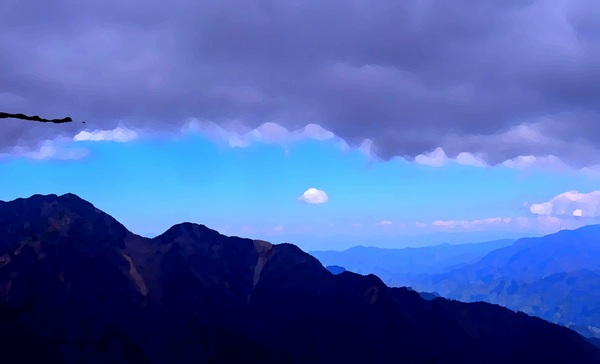
The other Hearty Hiker’s, though, were most fascinated by the water color painter who is always on hand to paint the sky, as it is right then. As this guy painted, my teammates kept looking back and forth between the canvas and the sky, and the more they did, the more they seemed to get confused about which one seemed composed of the most real colors.

One even felt compelled to get as close a look at the sky as he could.
I suppose it’s one of those things you have to experience for yourself–so if you’re ever up this way on a surprisingly cold day, please step into a museum and have a look for yourself.
We forwent the souvenirs shop, got back in the car, descended the mountain a couple hundred meters, and took another walk. Here the springtime was a little further along.
We got to enjoy the cherry blossoms again.
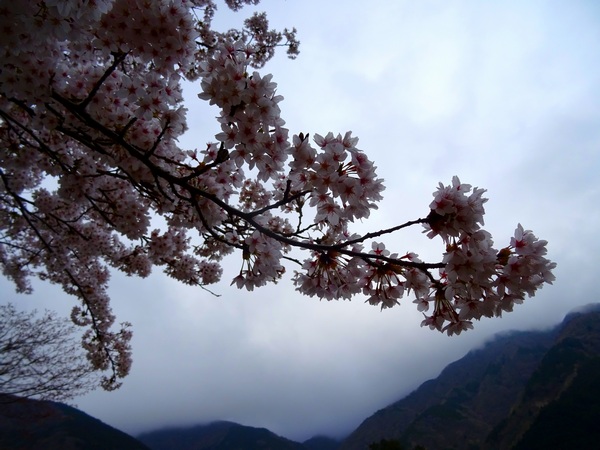 And those lavender-colored azaelas, you won’t find those down in town. If you want to get a hold of that color, you’ll have to partake of some high ground somewhere or another.
And those lavender-colored azaelas, you won’t find those down in town. If you want to get a hold of that color, you’ll have to partake of some high ground somewhere or another.
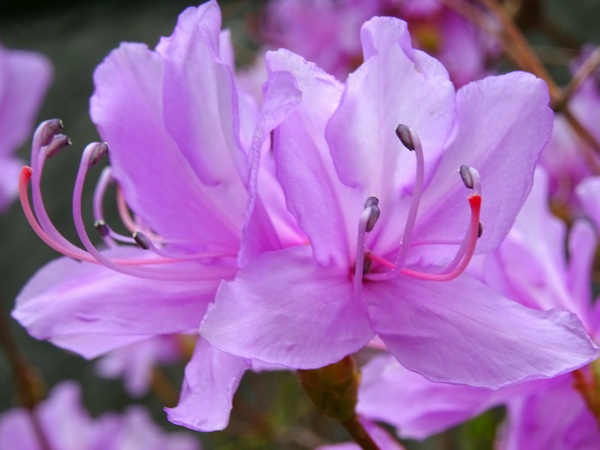
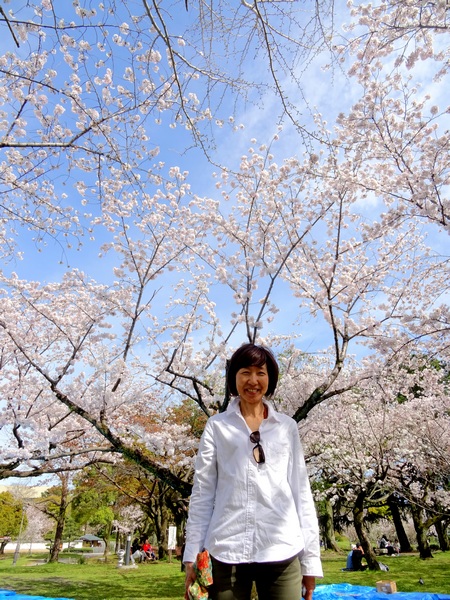 Last time, I wrote that the cherry blossoms have gotten some awful good press over the years—and that other flowers that bloom at the same time have gotten less coverage—and less love—than they deserve. This was not meant to take anything away from the cherry blossoms.
Last time, I wrote that the cherry blossoms have gotten some awful good press over the years—and that other flowers that bloom at the same time have gotten less coverage—and less love—than they deserve. This was not meant to take anything away from the cherry blossoms.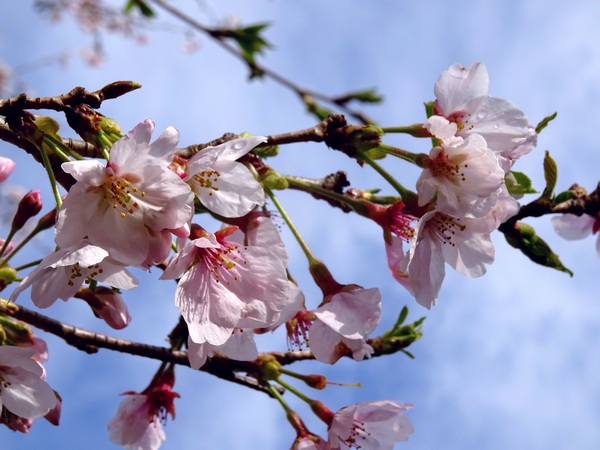
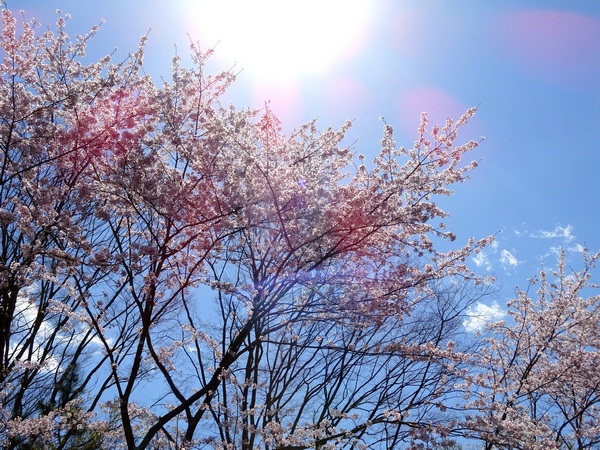
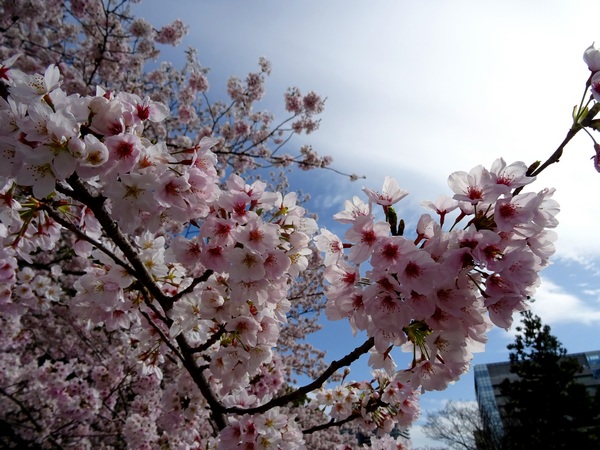
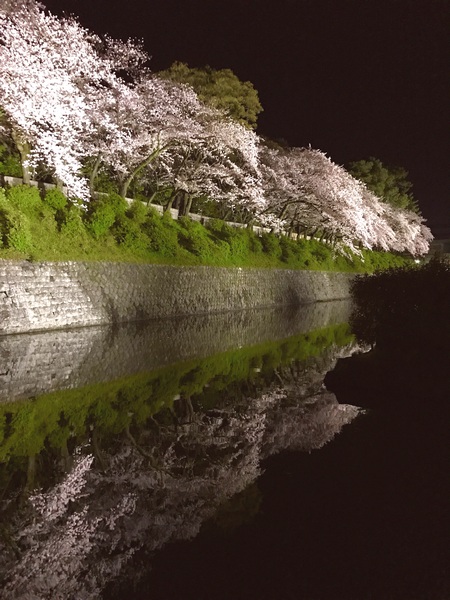
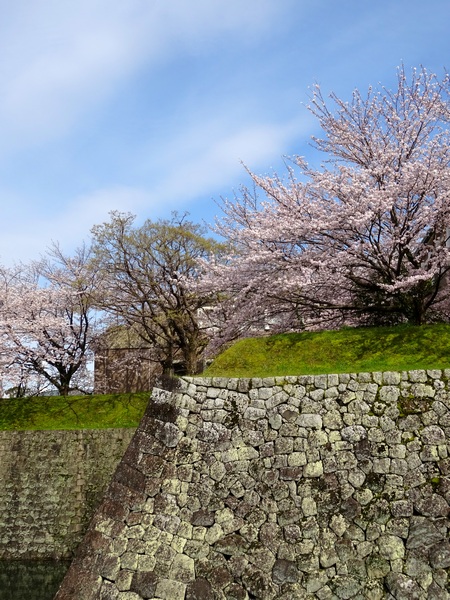
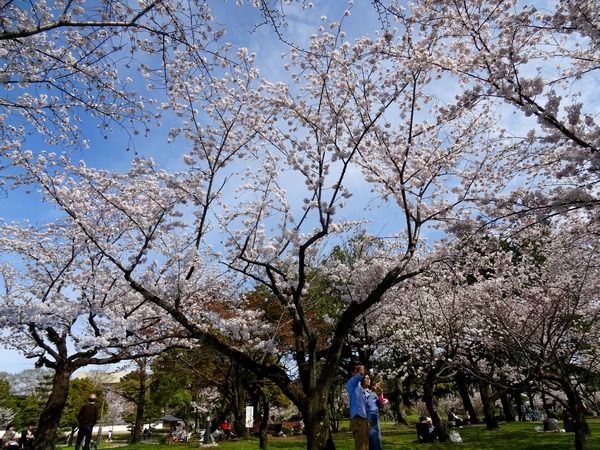
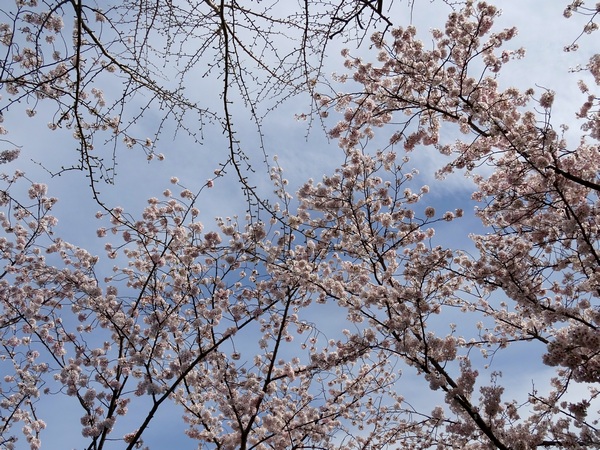
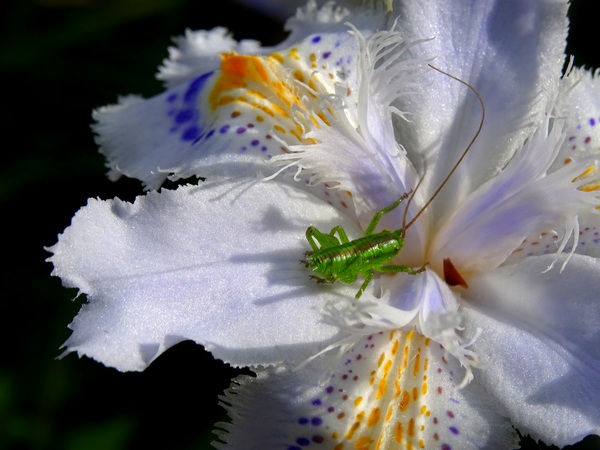
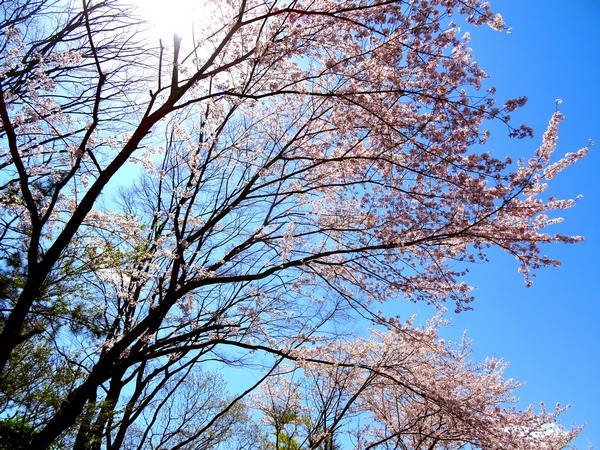
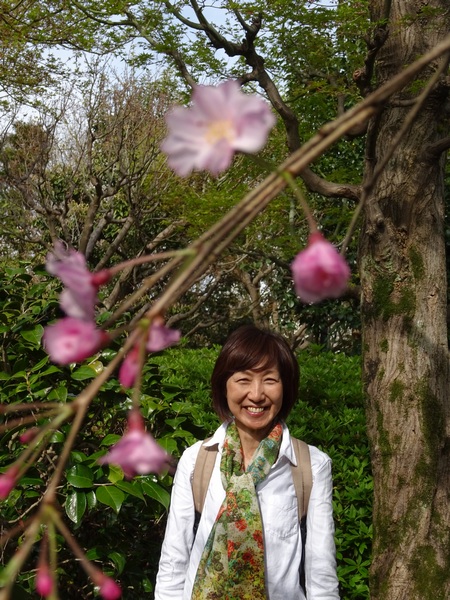
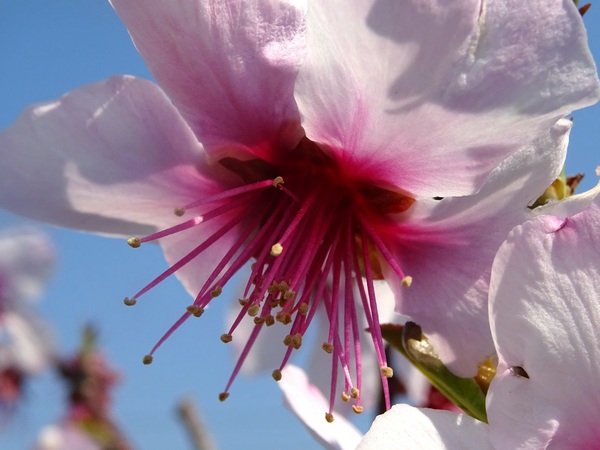

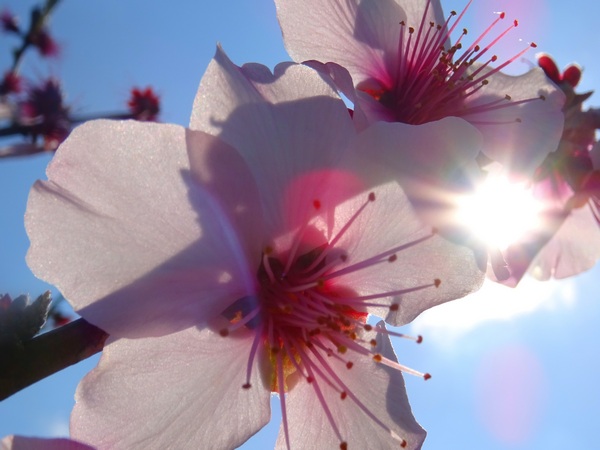

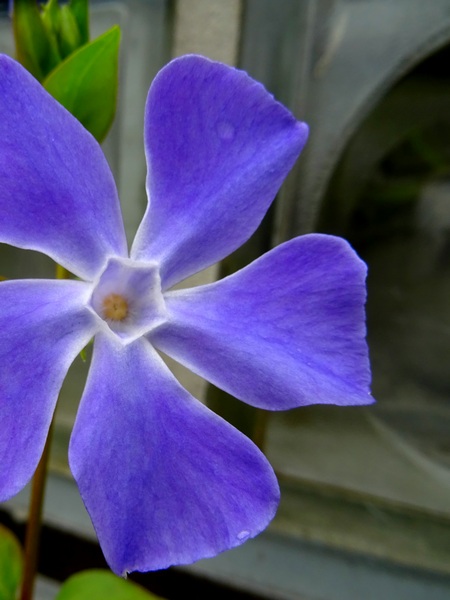 The nichinichso.
The nichinichso.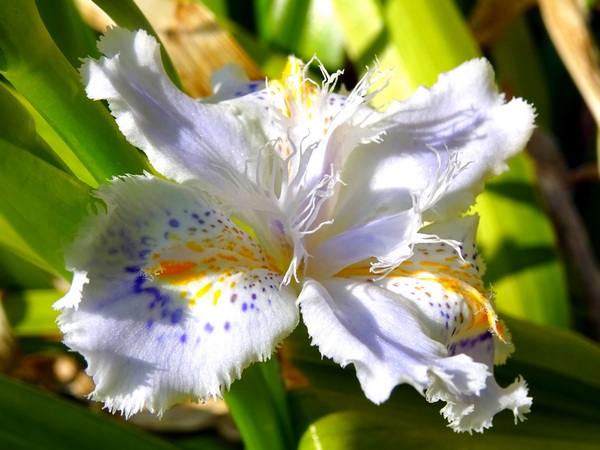


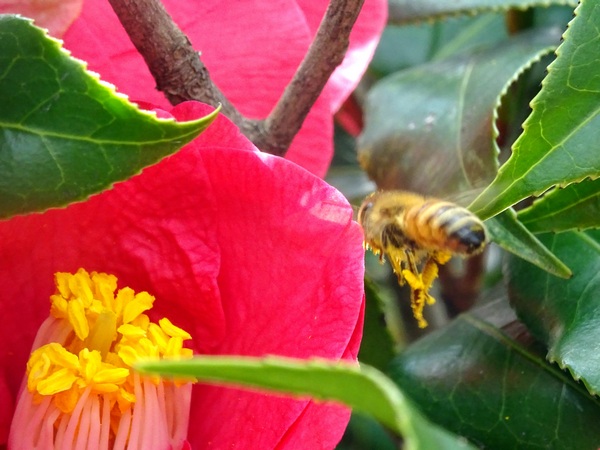 Not everyone puts the cherries above the camellias.
Not everyone puts the cherries above the camellias.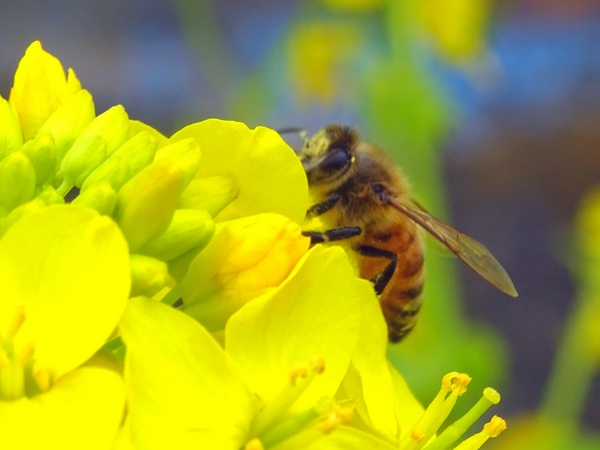
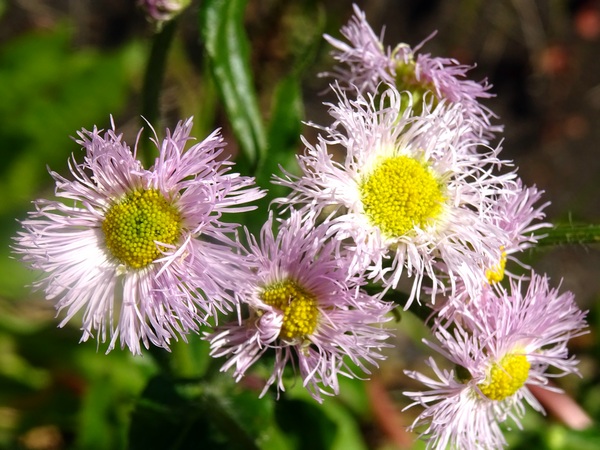

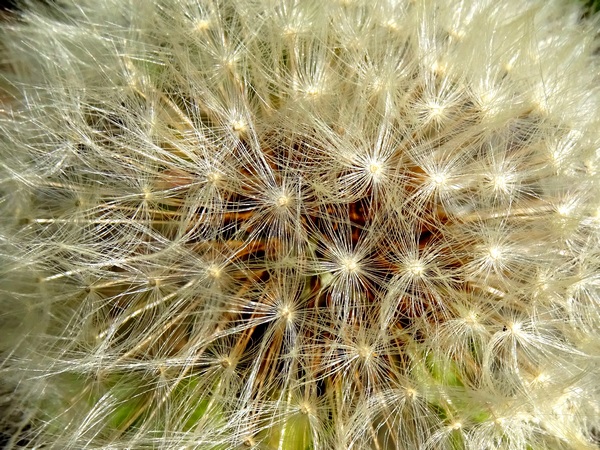

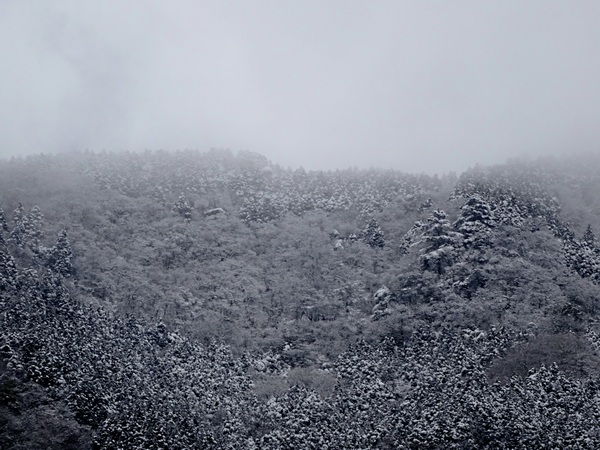
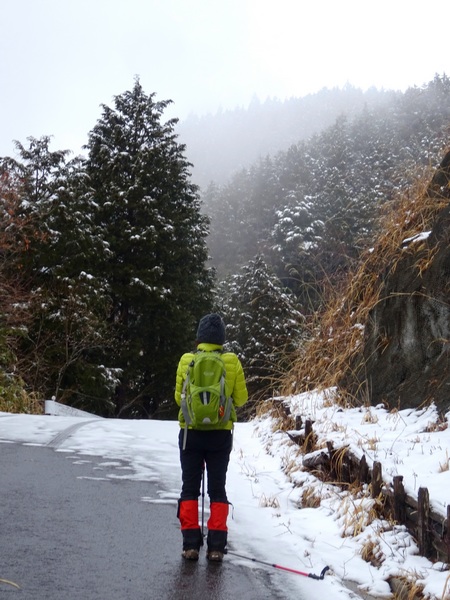

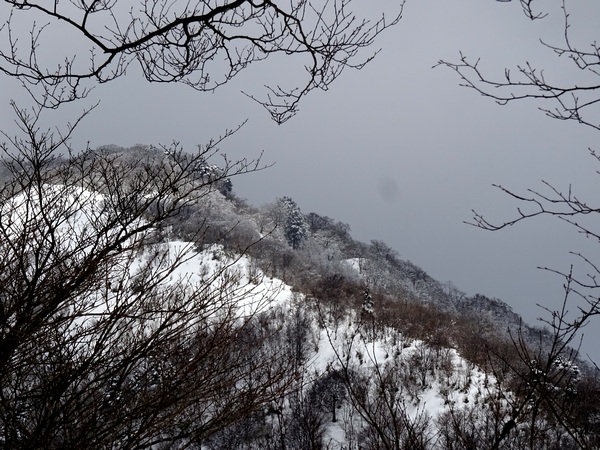 But one day, the once-upon-a-time young woodcutter suddenly remembers the night his co-worker, the old man, died. He tells his wife, the mother of his ten children, about it.
But one day, the once-upon-a-time young woodcutter suddenly remembers the night his co-worker, the old man, died. He tells his wife, the mother of his ten children, about it.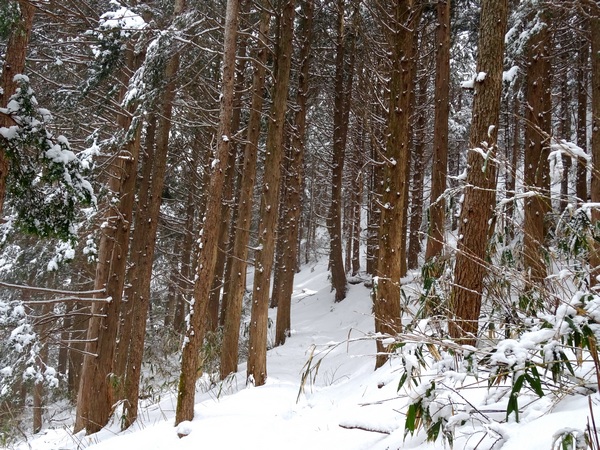
 Which leaves me with a whooooooole lot of questions, but it does explain why the trail up Aozasayama was knee-deep . . . and then hip-deep. It was the Snow Woman—she knew we’d been talking about her, knew it was a good time to make her presence felt.
Which leaves me with a whooooooole lot of questions, but it does explain why the trail up Aozasayama was knee-deep . . . and then hip-deep. It was the Snow Woman—she knew we’d been talking about her, knew it was a good time to make her presence felt.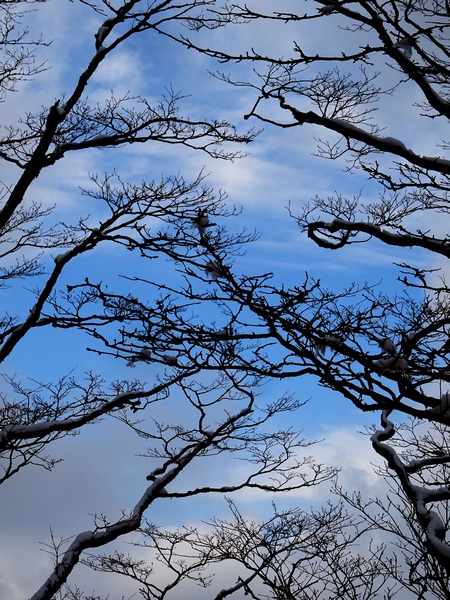
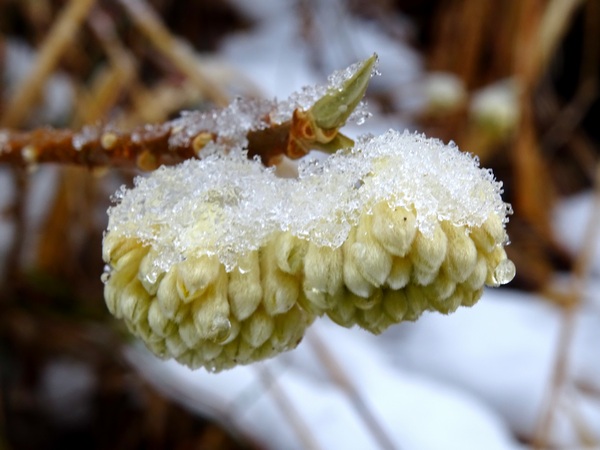

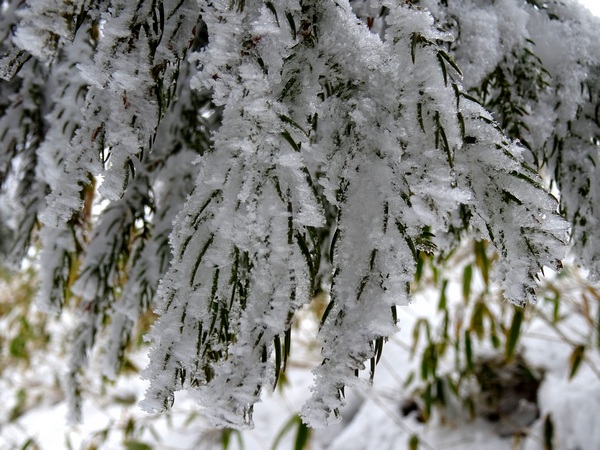
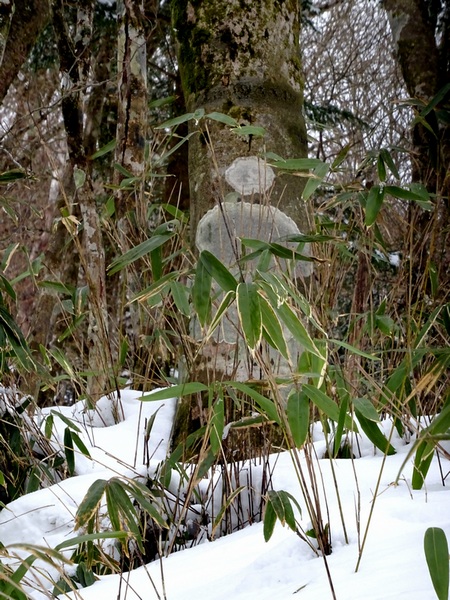
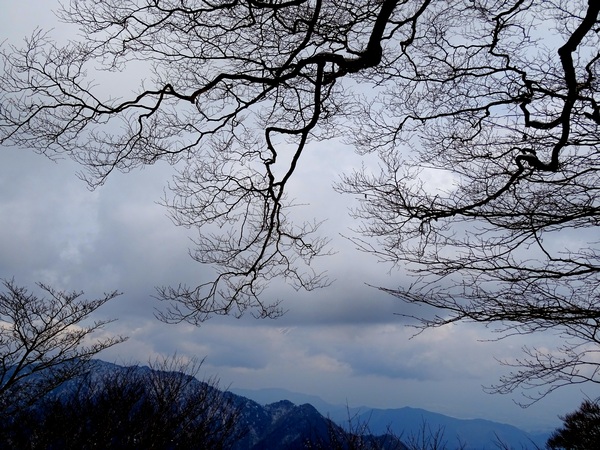

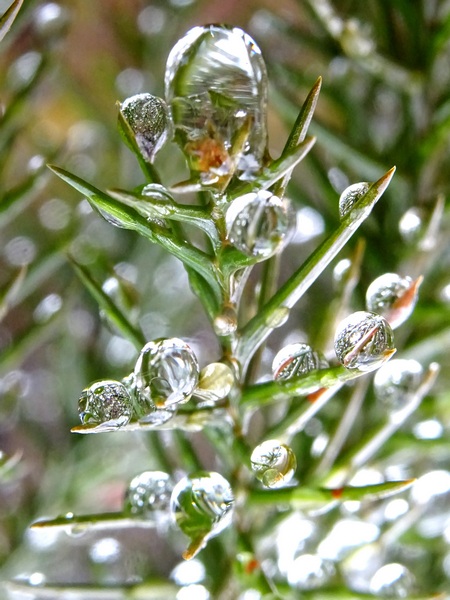
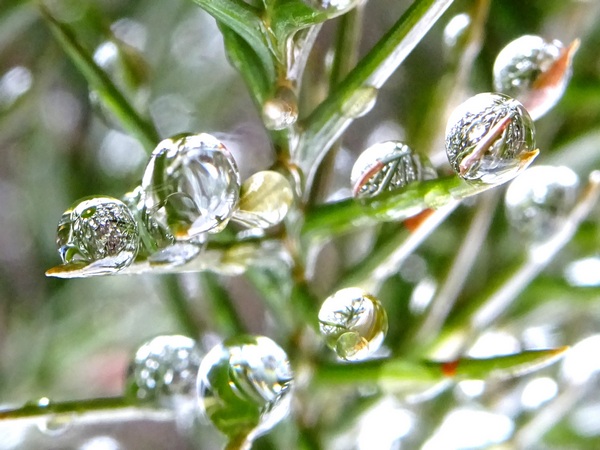
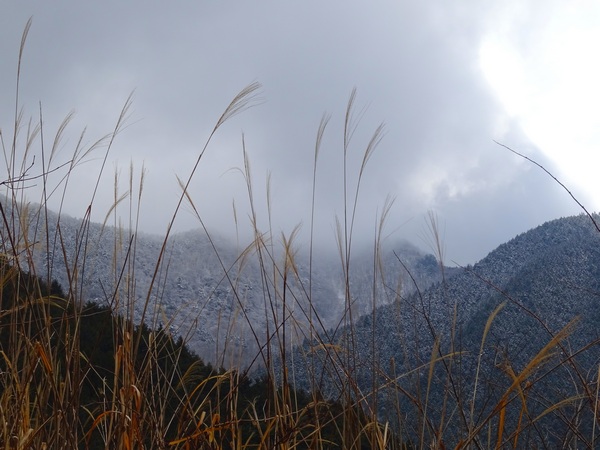
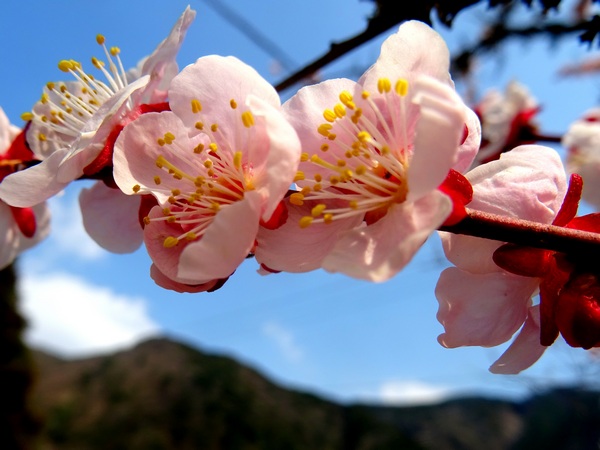
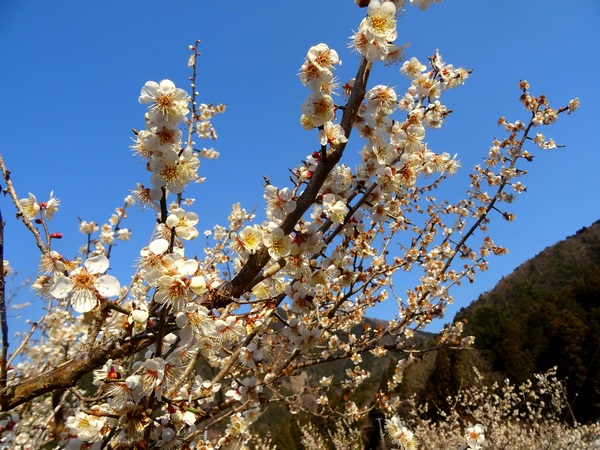 The plum’s in my garden started blooming before the New Year began, and the blossoms have long disappeared here around town now that it’s mid-March, but just today, up in the mountains, in the town of Umegashima, they were holding their plum blossom festival.
The plum’s in my garden started blooming before the New Year began, and the blossoms have long disappeared here around town now that it’s mid-March, but just today, up in the mountains, in the town of Umegashima, they were holding their plum blossom festival.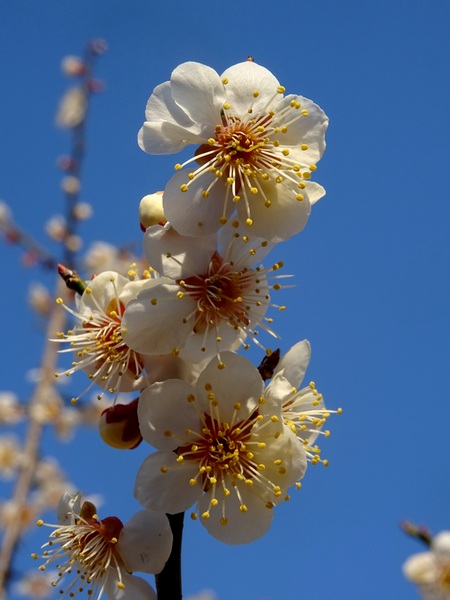
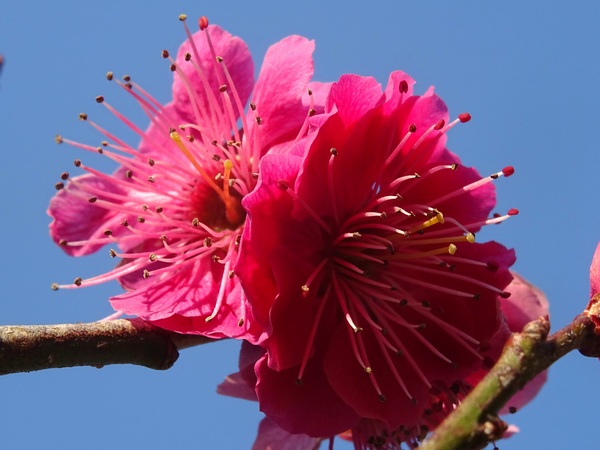
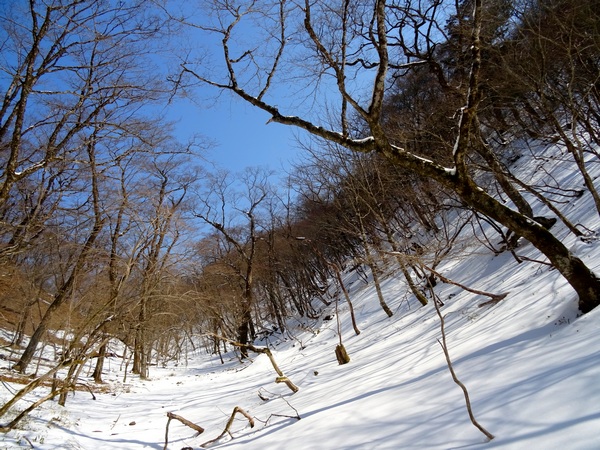

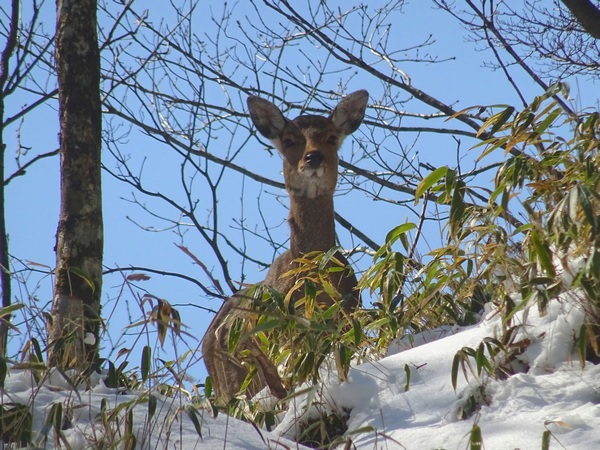
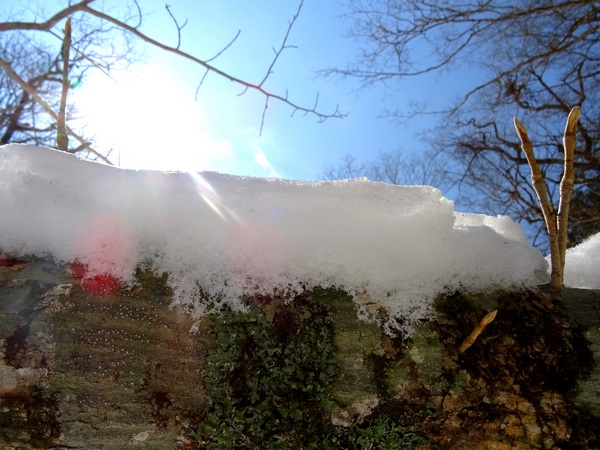
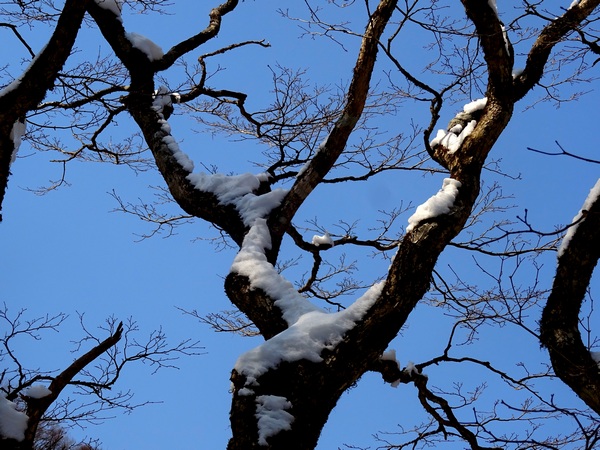
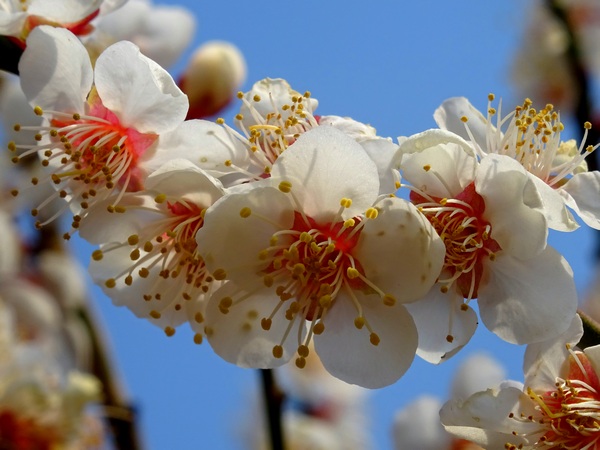
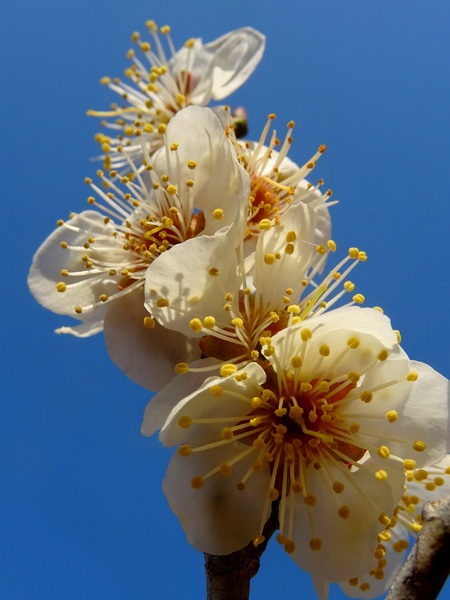
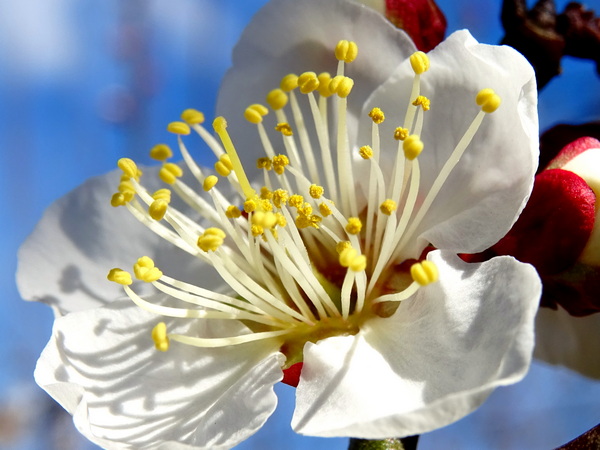
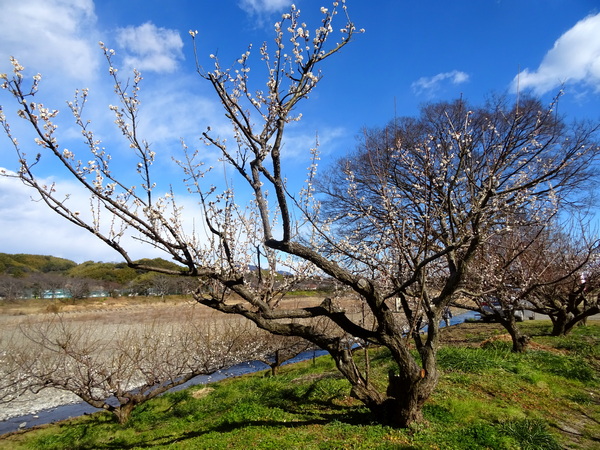
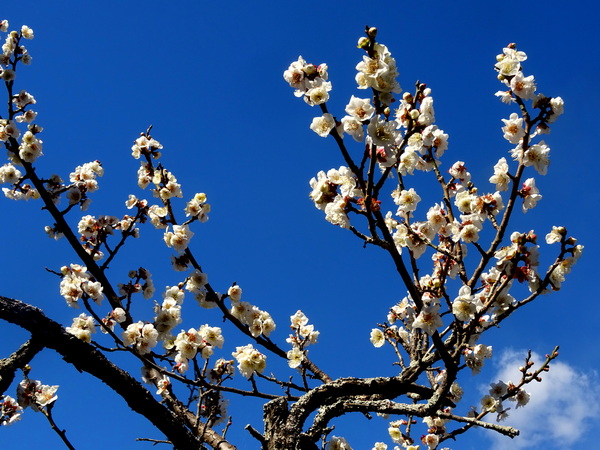
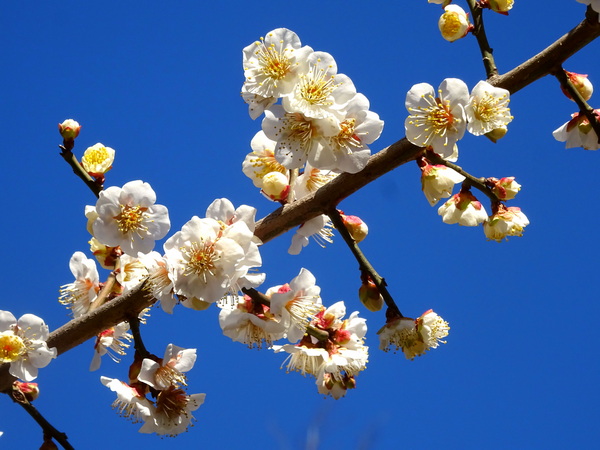
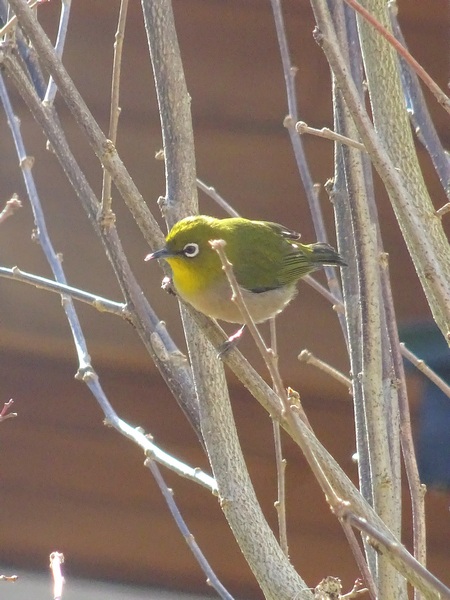
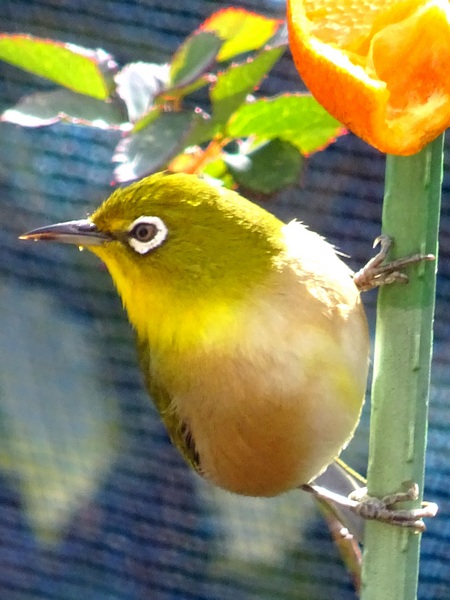


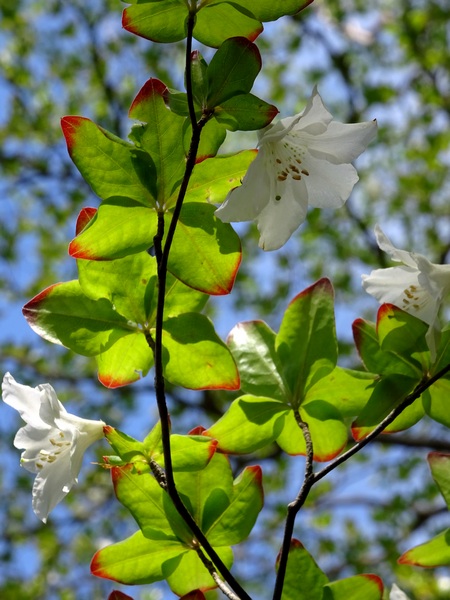
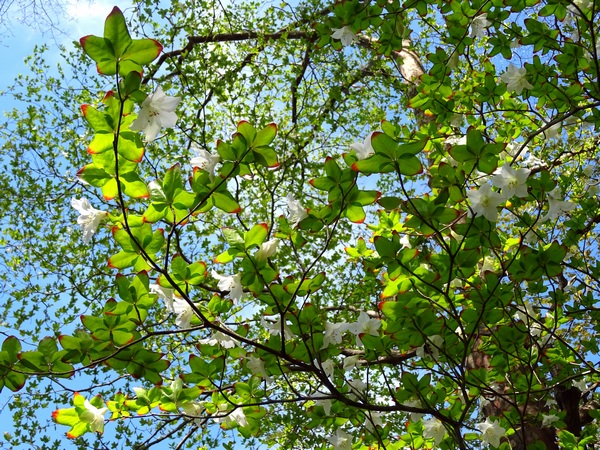

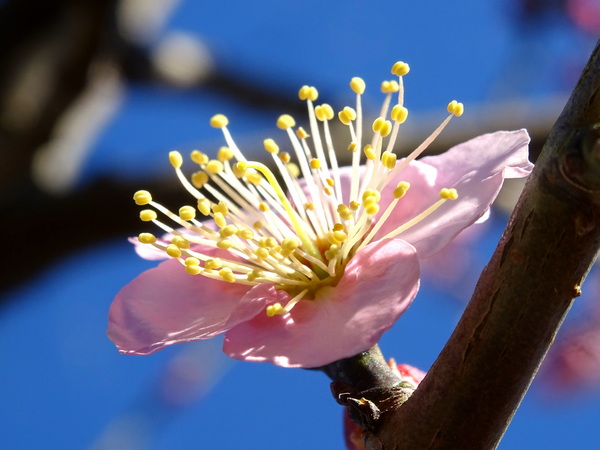
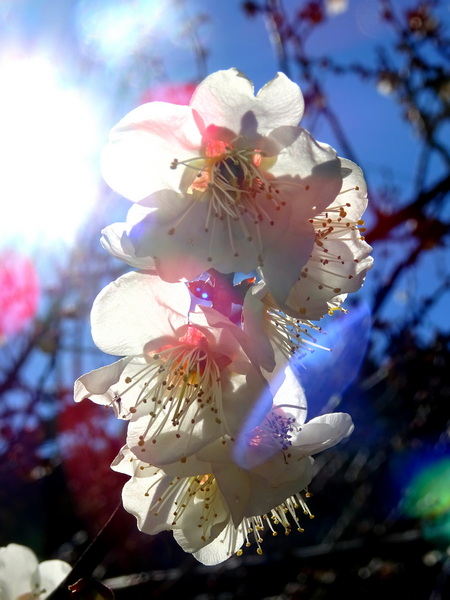
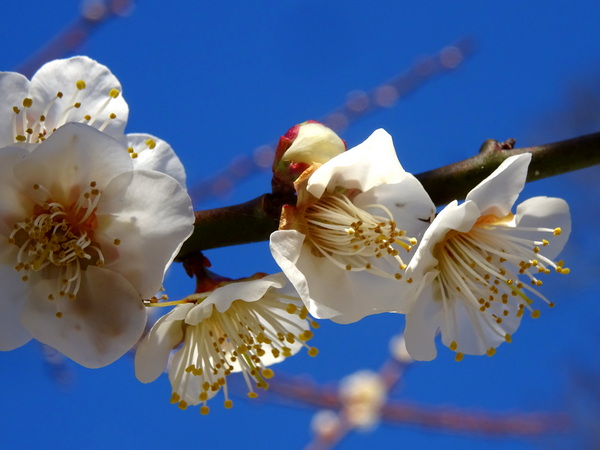
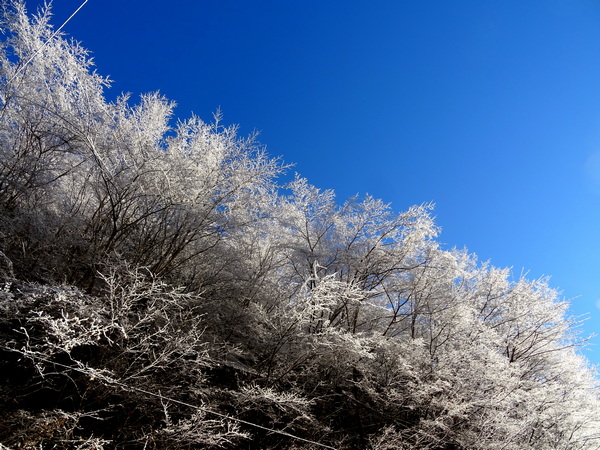

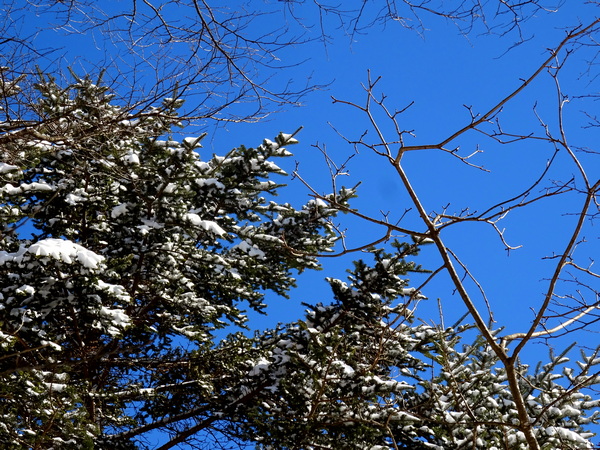

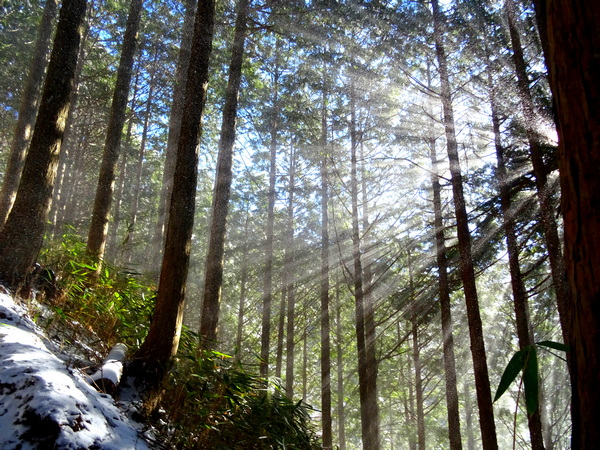
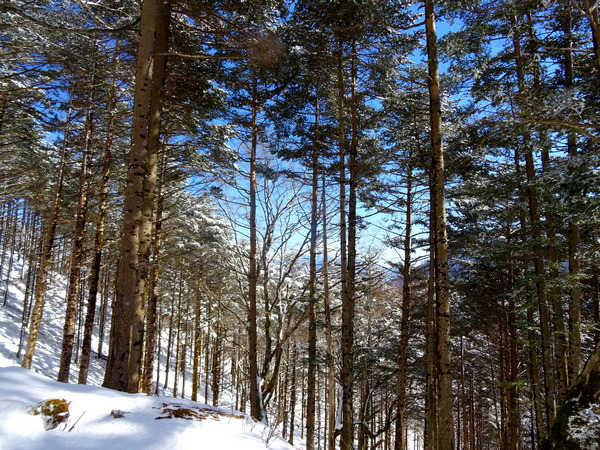
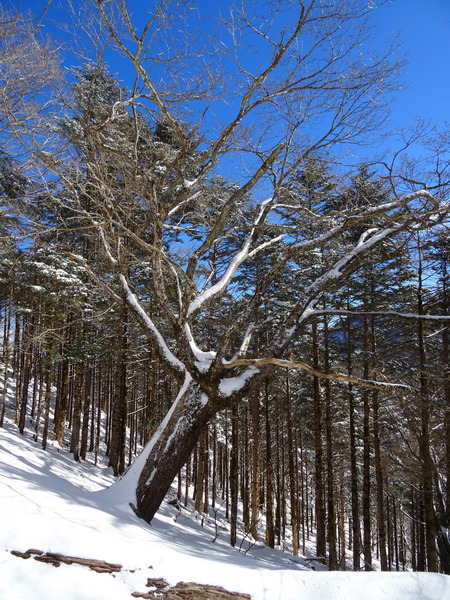
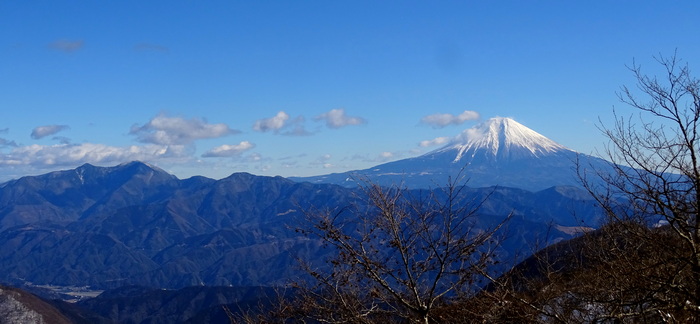

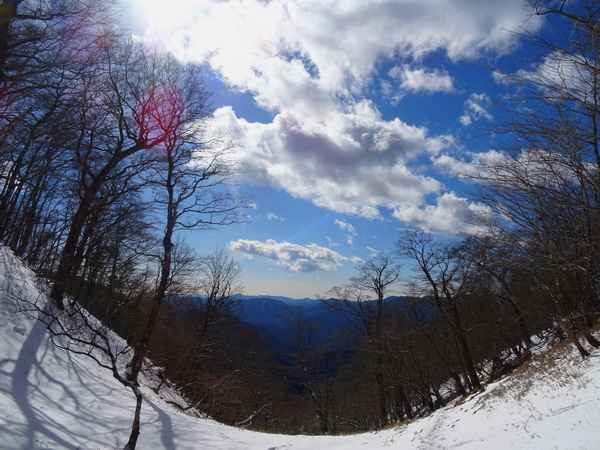
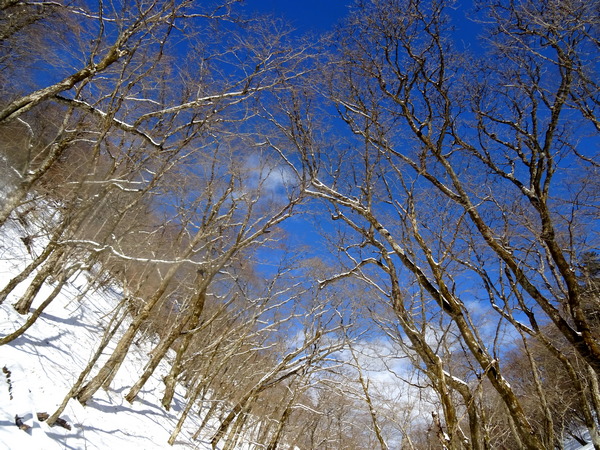
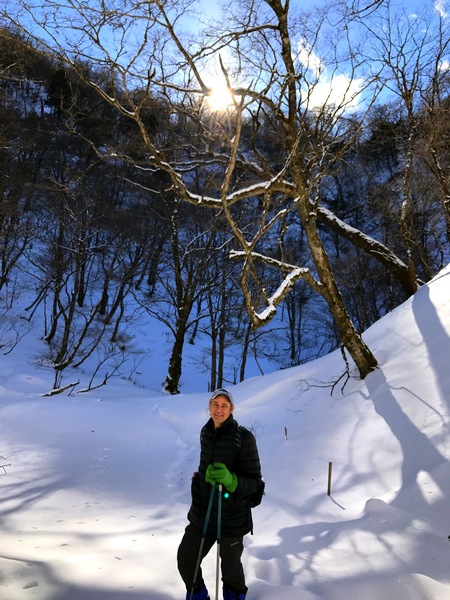
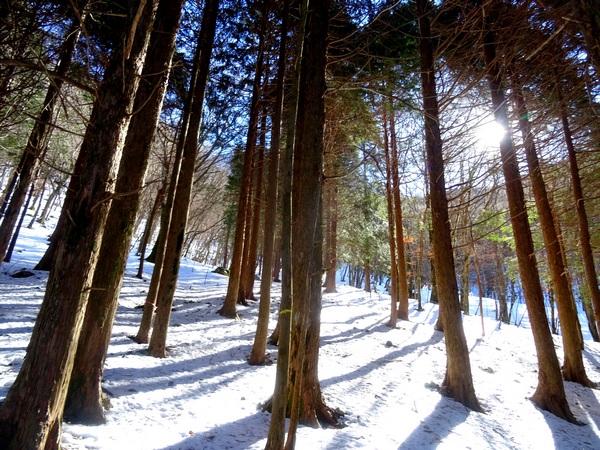
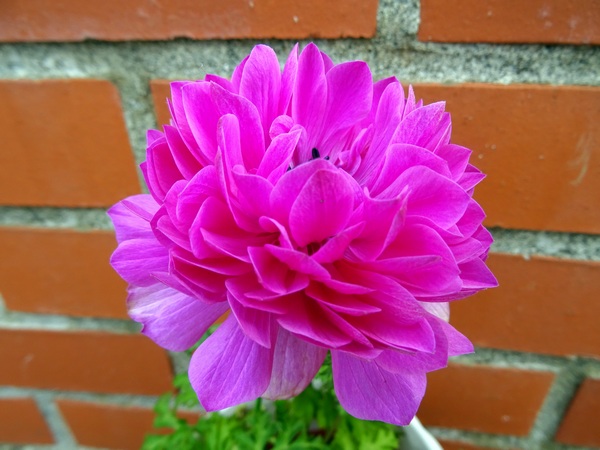
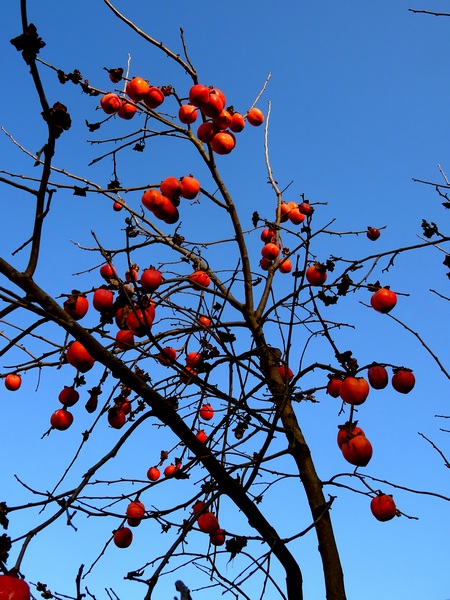
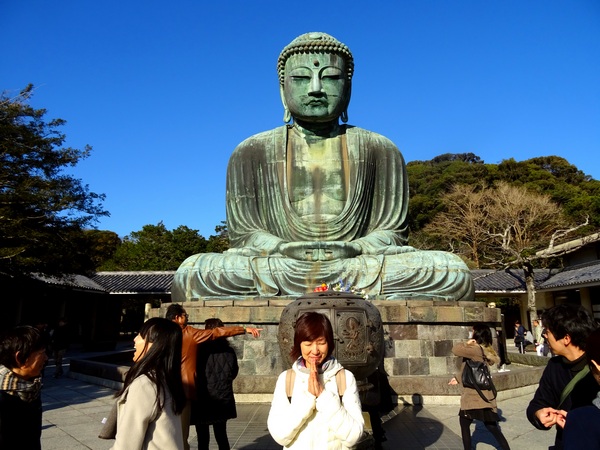
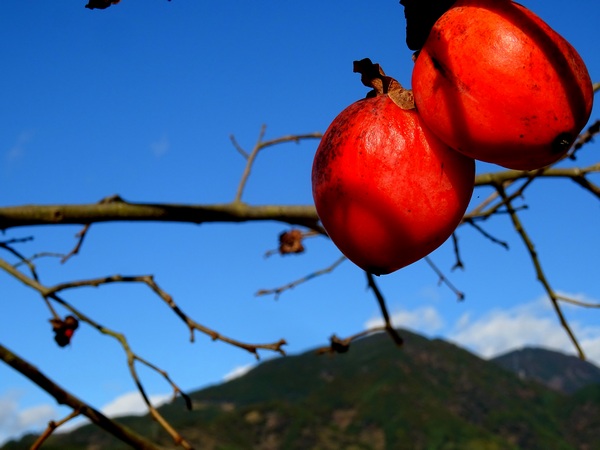
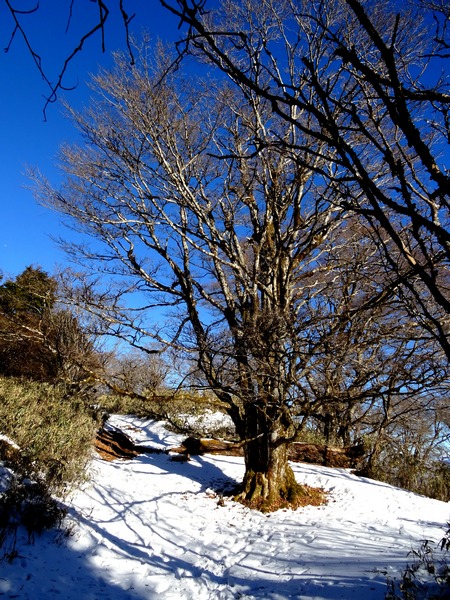
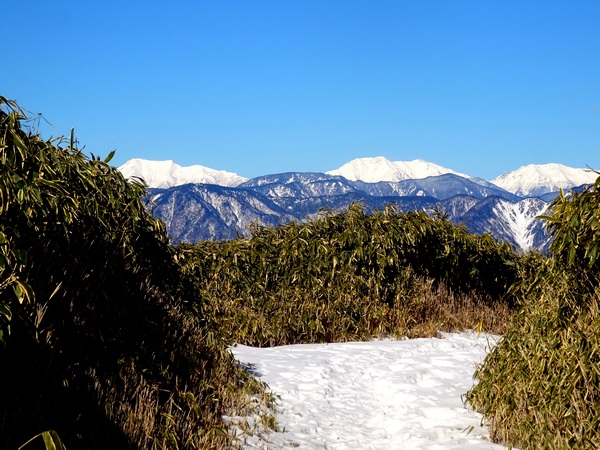
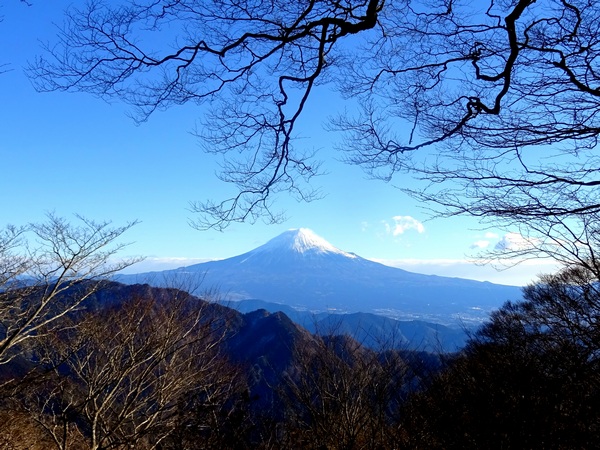
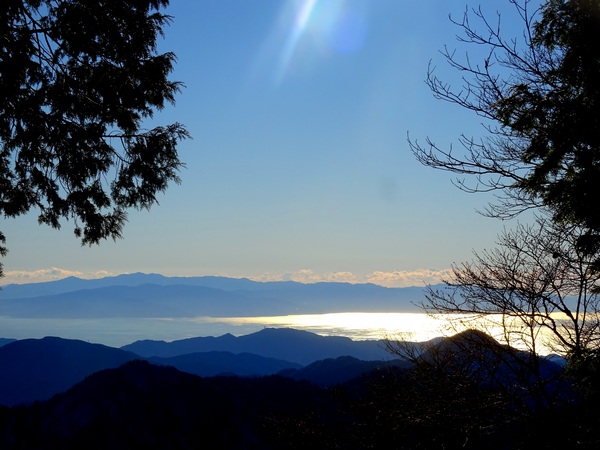
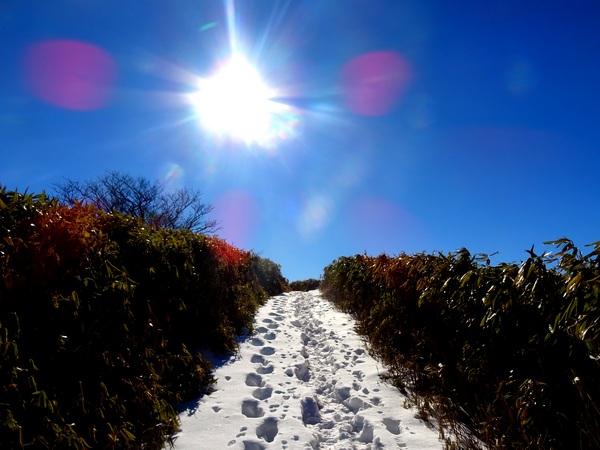
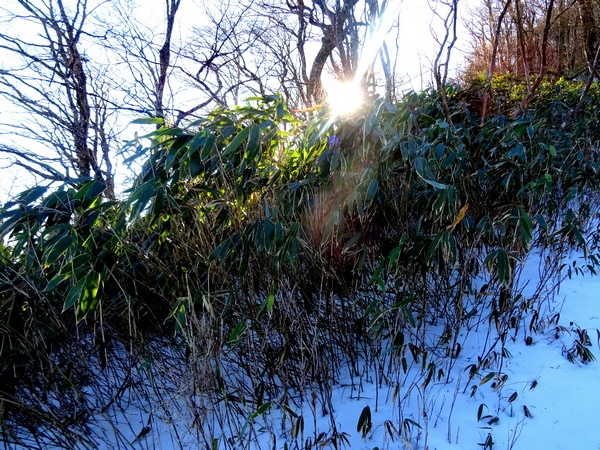

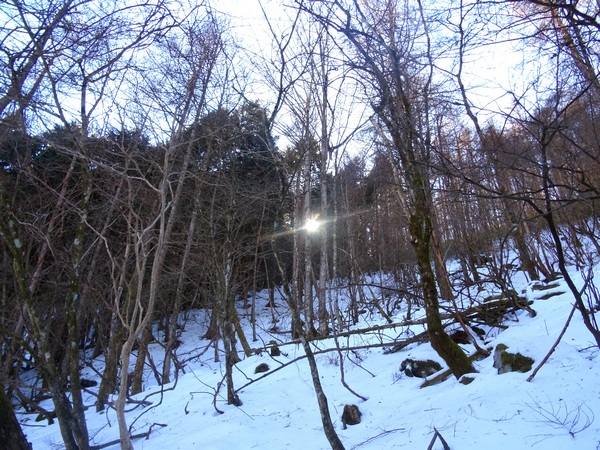
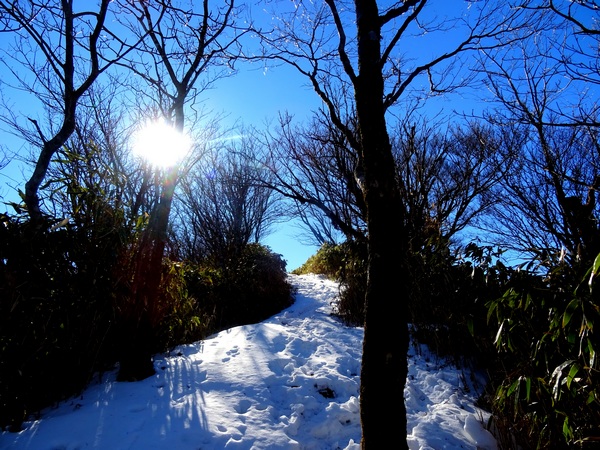
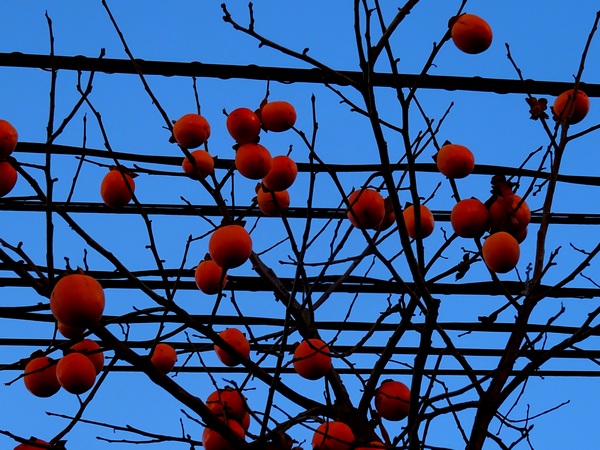

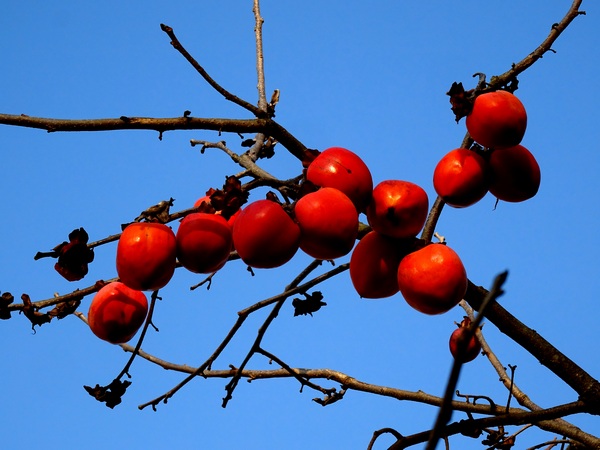
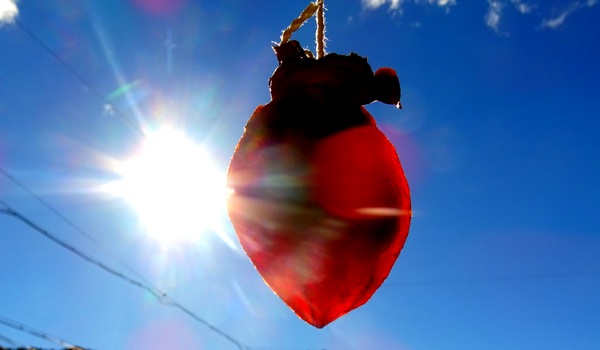
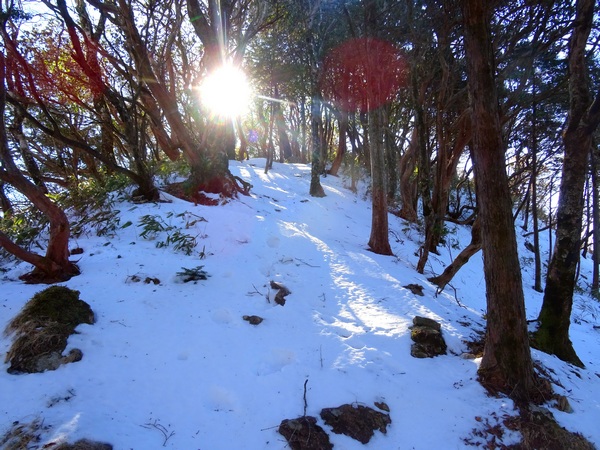
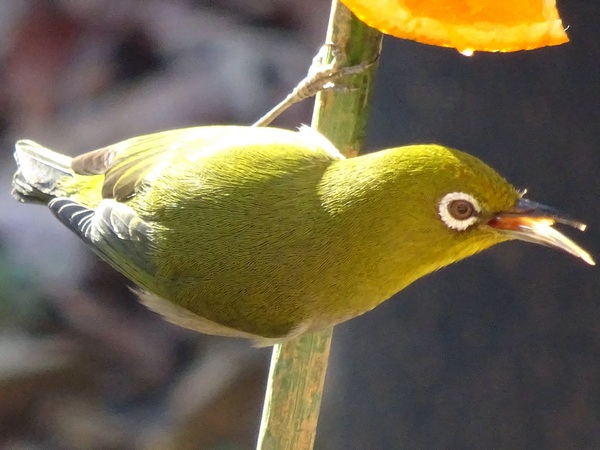
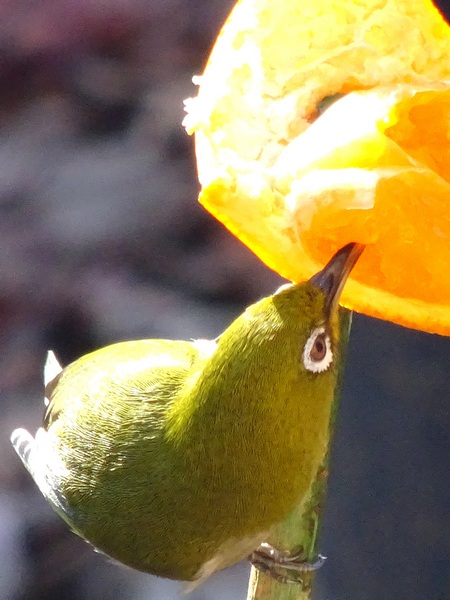
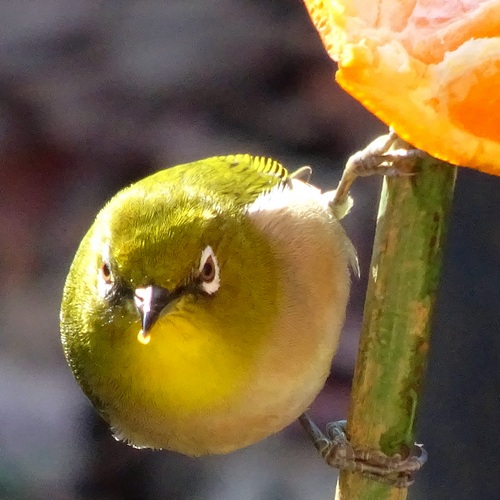
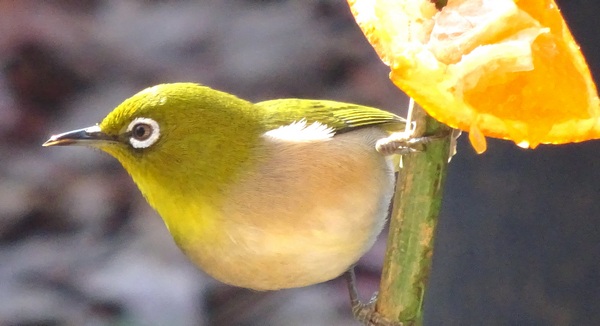

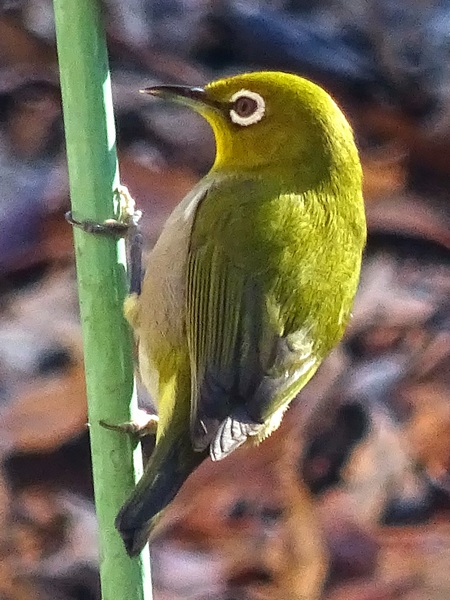
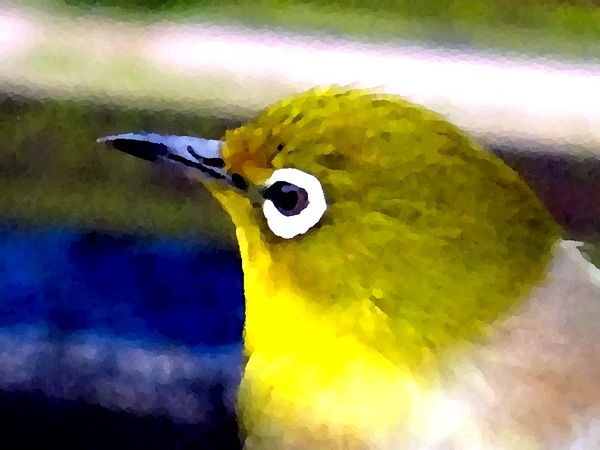
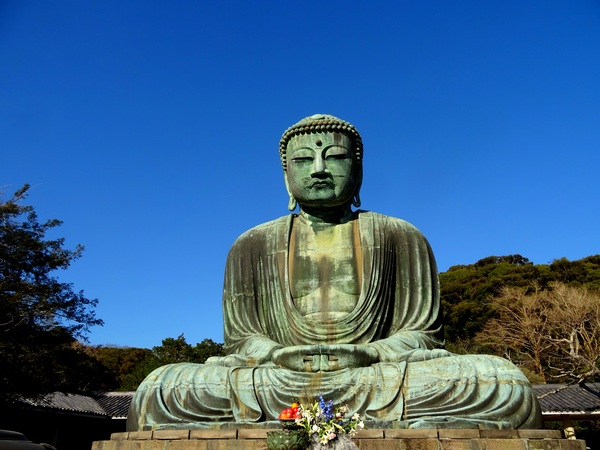
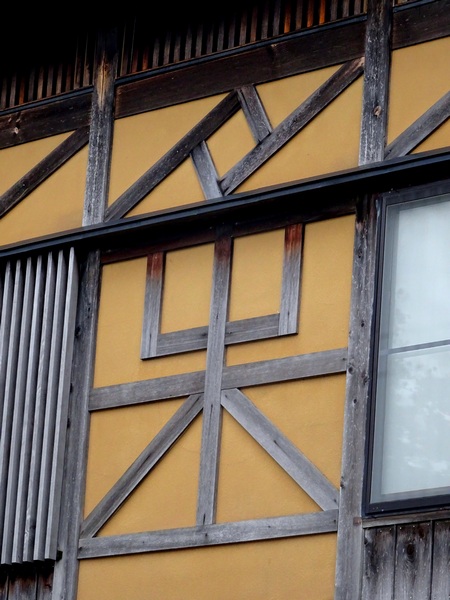

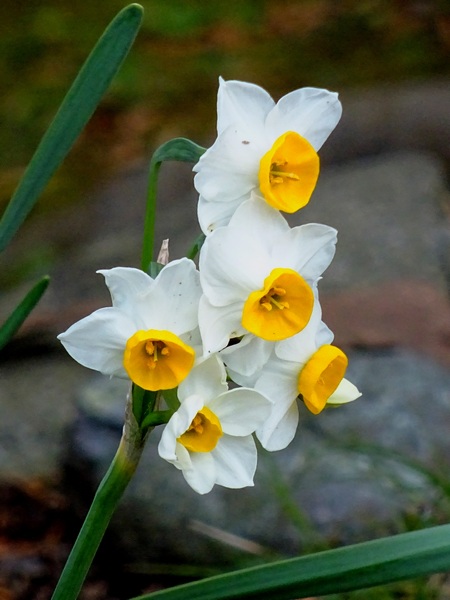
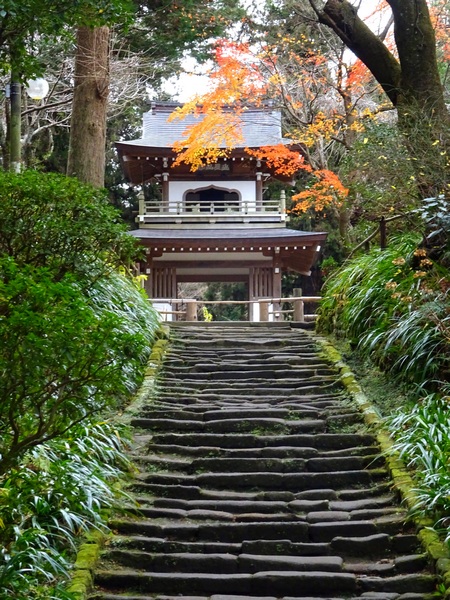
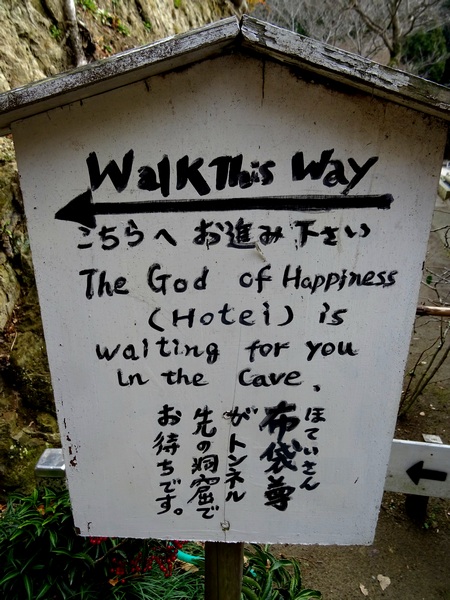
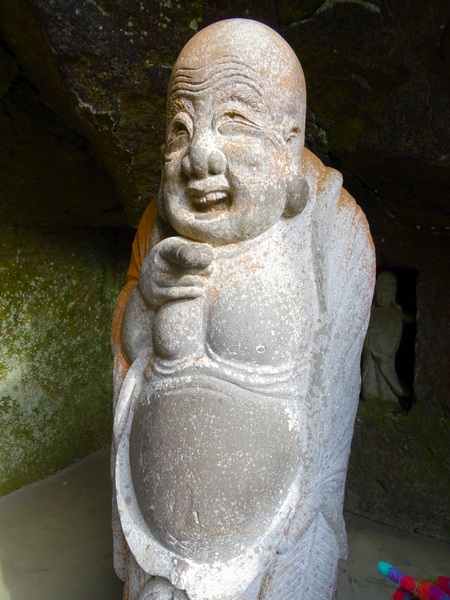
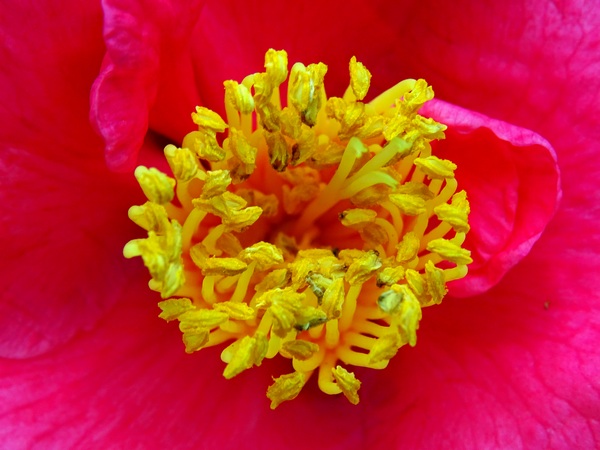
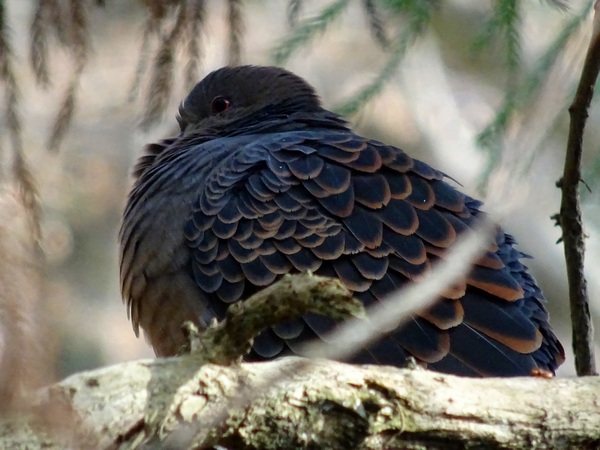
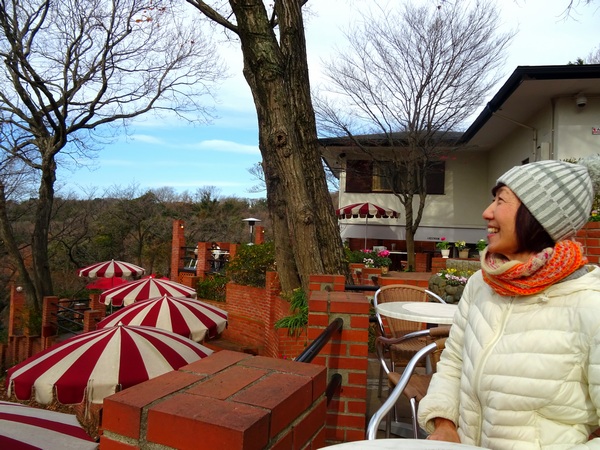
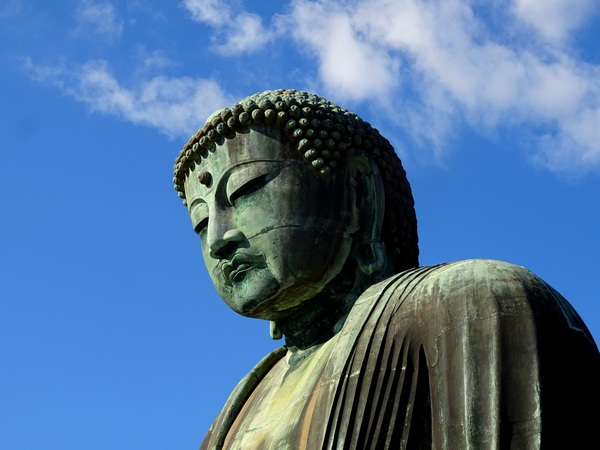
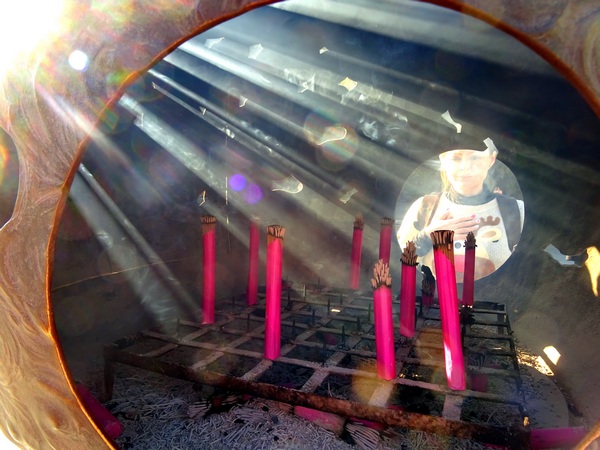
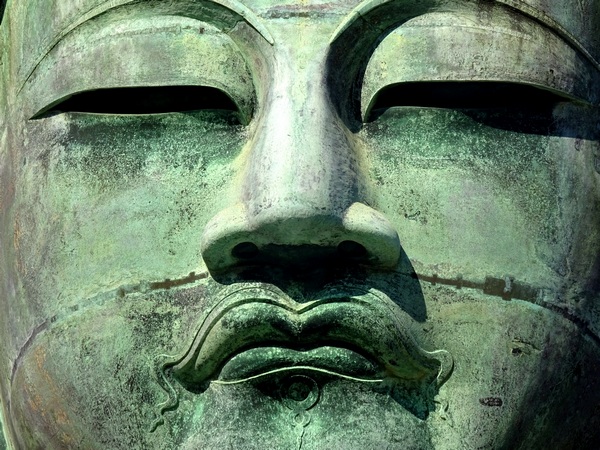
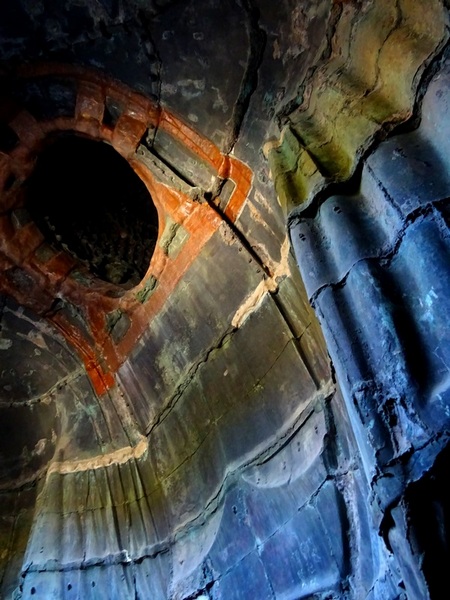
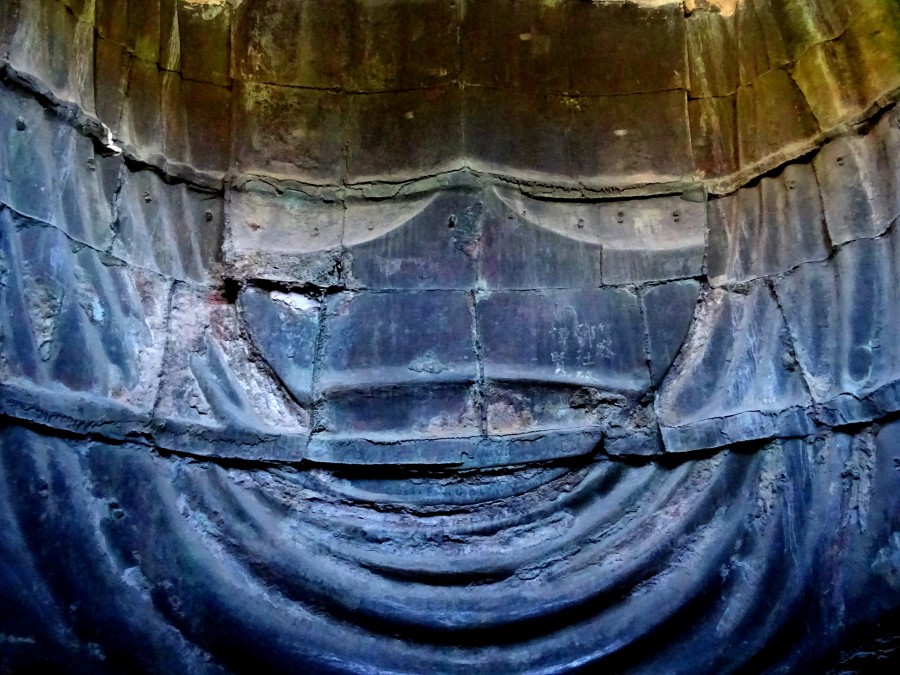
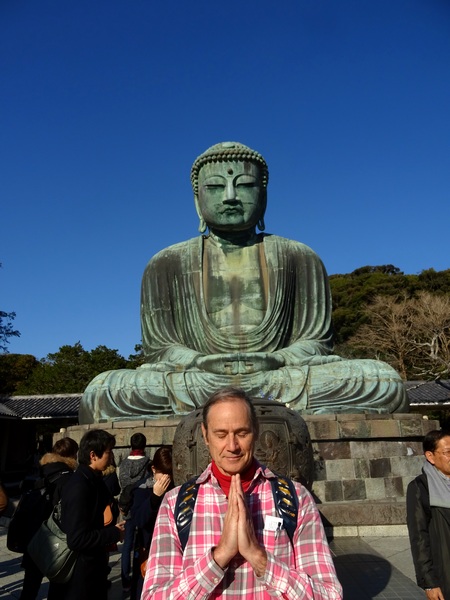

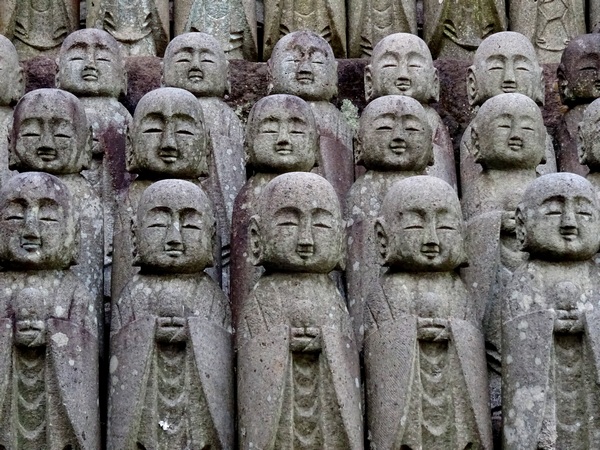 At Hasedera, there were thousands (literally) of Jizo. I think, technically, they may rank as bodhisattva.
At Hasedera, there were thousands (literally) of Jizo. I think, technically, they may rank as bodhisattva.